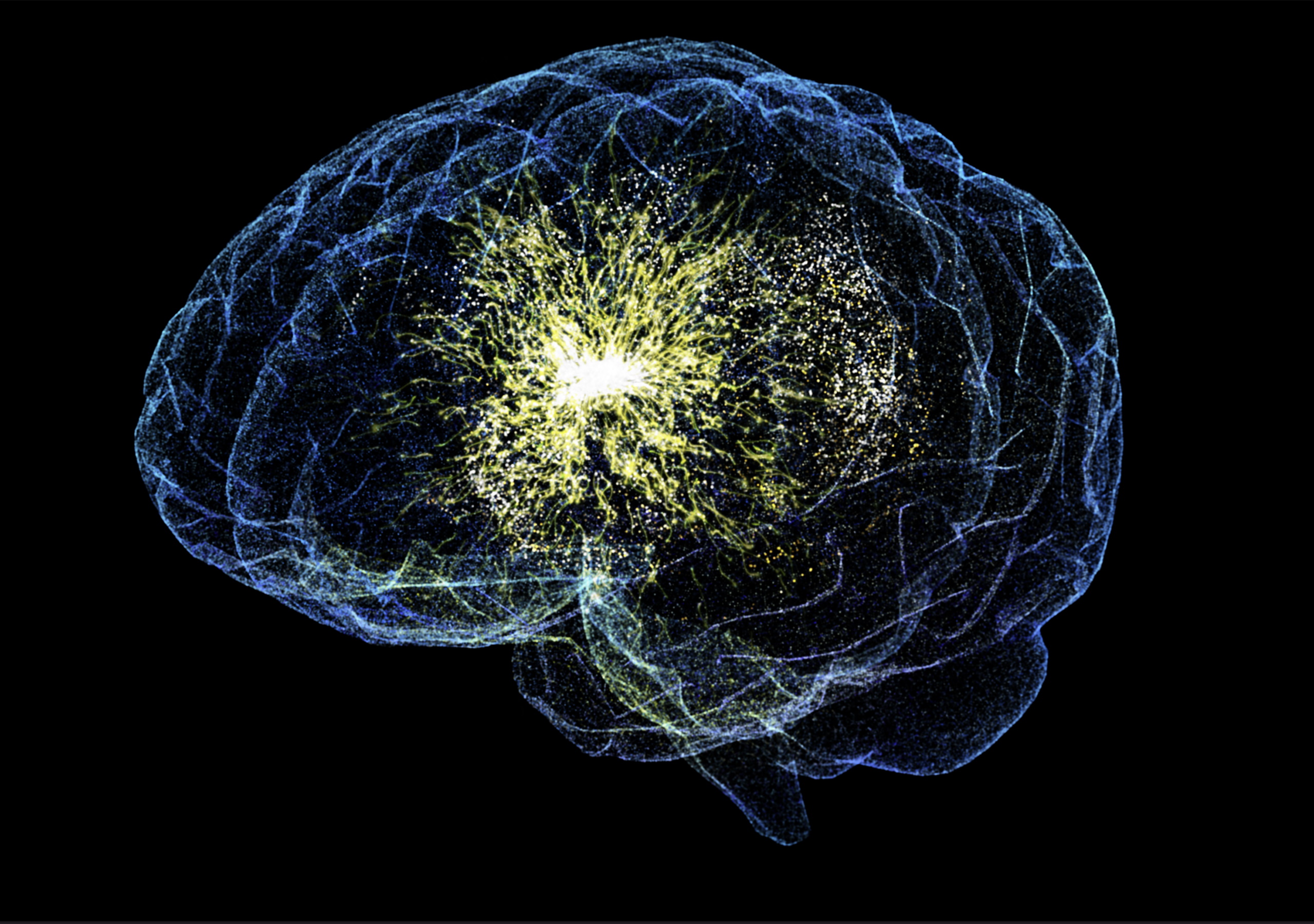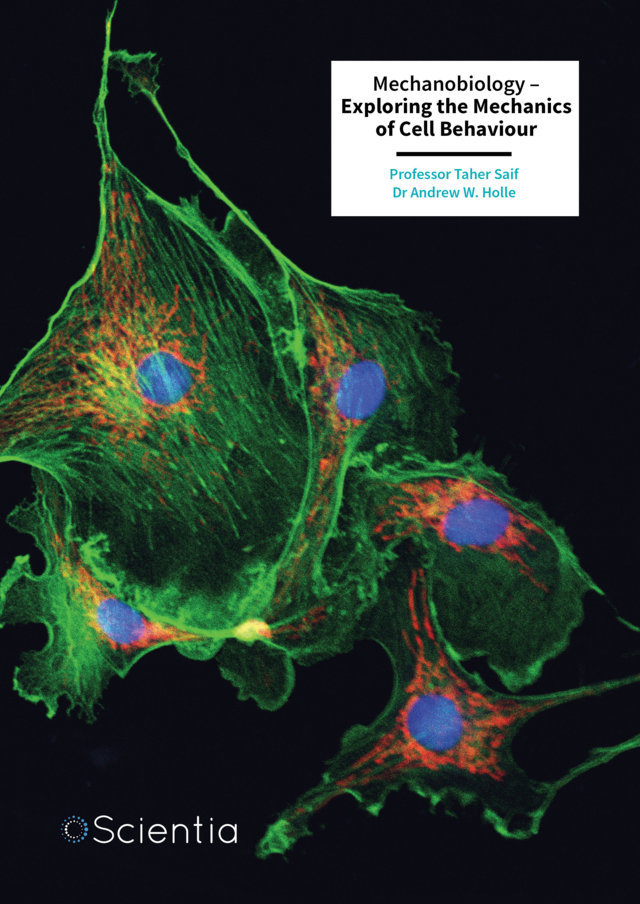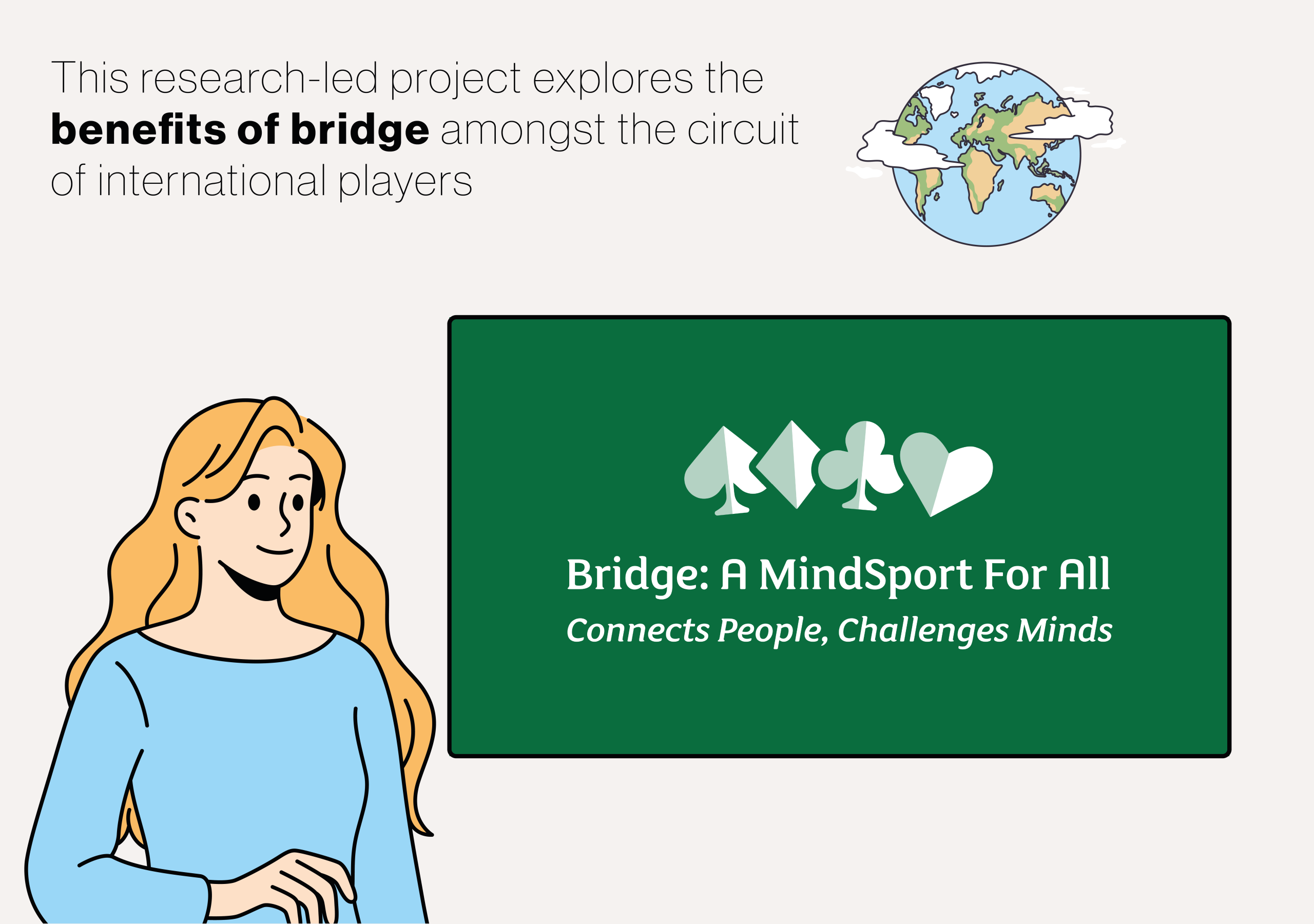Hypertrophic cardiomyopathy (or HCM for short) is a serious heart condition that involves thickening of the heart muscle wall and disruption of the normal tissue architecture, called ‘disarray’. This can result in sudden cardiac death caused by abnormal heart rhythms, known as arrhythmias. Identifying those HCM patients who are most at risk could permit preventative measures, such as implanting a cardioverter-defibrillator, which could potentially be lifesaving. However, current techniques to predict the risk of sudden death in HCM are limited, leaving patients underserved. In a recent study, Dr Richard Saumarez, an academic cardiologist formerly of the University of Cambridge, and colleagues, questioned whether conventional methods, which consider risk factors such as family history of sudden death or the degree of heart muscle thickening, are effective in predicting sudden death in HCM patients. Their research suggests that risk factor assessments might miss crucial information about the heart’s electrical behaviour, which could provide more accurate clues about the risk of sudden death. As an alternative, the researchers propose direct heart-investigation methods, called electrophysiological techniques, as a more reliable assessment. Although the study was concerned with HCM, the arguments put forward are more general and applicable to other diseases, particularly to survivors of myocardial infarcts who are also at risk of sudden death. More
Risk factor-based methods have long been the standard in cardiology. These models evaluate a set of variables in a patient’s history and condition, using statistical relationships to estimate risk. For example, if a person with HCM has had fainting spells, a substantial increase in heart size or has a family history of sudden death, these factors contribute to a higher “risk score.” Based on these scores, doctors make decisions on treatments, including whether to implant a defibrillator.
However, Dr Saumarez and colleagues highlight a critical issue: risk factor methods operate on associations rather than causation. They don’t measure the actual conditions in the heart that cause arrhythmias, and as a result, they often miss many cases where sudden death is likely. According to Dr Saumarez’s analysis, these risk factor methods only predict about 50-60% of sudden death cases. Furthermore, these methods can produce a high false positive rate of 15-30% and if one were to identify 70% of at-risk patients using the same method, about half of the remaining patients would be identified as being at risk, meaning that the majority of patients who are unlikely to experience a dangerous arrhythmia are nevertheless recommended for defibrillator implantation. This not only exposes patients to unnecessary surgery and the potential complications of a defibrillator, but it also increases healthcare costs and patient anxiety.
In contrast to risk factor methods, electrophysiological testing directly examines the electrical activity in the heart that could lead to arrhythmias. One promising technique discussed by Dr Saumarez and his team is called paced electrogram fractionation analysis (or PEFA), which has been evaluated in over 600 patients with a number of diseases. PEFA essentially seeks to mimic the heart’s behaviour during moments of stress, conditions under which dangerous arrhythmias are more likely to arise. It is based on the idea that almost all arrhythmias require regions of slowed activation within the heart to be initiated and maintained. PEFA was developed on the basis that individuals at risk of sudden cardiac death would have demonstrable slowed conduction in their hearts, while low risk patients would not.
Here’s how it works in practice: small electrical impulses are applied to stimulate the heart at specific areas through temporary electrodes, and the responses are recorded at other sites within the heart. In people at high risk of sudden death, these recordings usually reveal signs of “fractionation,” where the heart’s electrical signals become irregular and are, most importantly, delayed. These fractionated signals indicate that the heart muscle tissue is not being activated smoothly, which can create the conditions for a re-entrant arrhythmia. This is a state in which the activation follows an irregular, rapid circular path in the ventricles that leads to ventricular fibrillation, the mechanism of sudden death. By analysing these fragmented signals, PEFA can estimate how likely a person is to experience an arrhythmia.
One of the major findings in Dr Saumarez’s study was that PEFA achieved significantly better predictive accuracy than risk factor methods. While traditional risk factor models typically yield an “area under the curve” (or AUC) of around 0.7, indicating only modest predictive ability, PEFA achieved an AUC of around 0.89. A higher AUC score (close to 1) means that the test is much better at distinguishing between those who will and won’t experience an event. In simpler terms, PEFA was able to detect 90% of sudden death cases with only a 20% false positive rate, a considerable improvement over traditional risk factor methods.
The implications of Dr Saumarez’s findings are profound. If electrophysiological methods such as PEFA become more widely adopted, they could transform the way doctors identify and protect patients at risk of sudden death. Electrophysiology-based assessments would allow doctors to pinpoint arrhythmia risks more precisely, reducing the need for unnecessary defibrillator implants and focusing treatment on those who genuinely need it. For patients, this means a more personalized approach to care, less exposure to the risks and costs of unnecessary surgery, and better peace of mind. It should be borne in mind that implantable cardiac devices (or ICDs) are not benign therapy and have numerous complications associated with their use.
Moreover, focusing on the heart’s actual electrical behaviour could lead to a new generation of treatments. By better understanding the mechanisms behind arrhythmias in HCM, researchers could develop therapies that directly address these electrical disturbances, potentially preventing sudden death in a way that is safer and more effective than current options.
Given the potential benefits of electrophysiology, it may seem surprising that traditional risk factor methods remain dominant, which is mainly due to the lack of an alternative approach. Electrophysiological testing is more complex, requiring specialized equipment and expertise, and is invasive. However, it carries very little risk for patients and is surprisingly safe. While it is more costly than simply measuring risk factors, this is mitigated by reducing unnecessary, very expensive, ICD implantations.
Dr Saumarez and his colleagues hope to stimulate further discussion and research on this topic, contending that the accuracy benefits of electrophysiology justify its use despite these challenges. Their work underscores the need to evaluate prediction methods not only by their convenience or cost but by their effectiveness in saving lives and reducing ICD implantations, the majority of which never deliver therapy. Moreover, the approach may also have relevance to sudden death caused by other diseases, in shifting the paradigm from assessing risk factors to directly examining the causative physiology to more accurately assess risk. This is emphasised by recent research that has shown that the “gold standard” to determine ICD implantation in post-myocardial infarct patients, a reduced Left Ventricular Ejection Fraction, has no predictive capacity whatsoever.
In the future, we may see a shift towards more widespread adoption of electrophysiological methods. Dr Saumarez’s research opens up exciting possibilities for improving the accuracy of sudden death prediction in HCM and potentially in other heart conditions. While non-electrophysiological methods have helped many patients, the insights provided by direct cardiac investigation hold the promise of transforming how we predict and prevent sudden cardiac death. For now, the debate continues, but one thing is clear: better understanding and prevention of sudden cardiac death in HCM may soon be within our reach.







